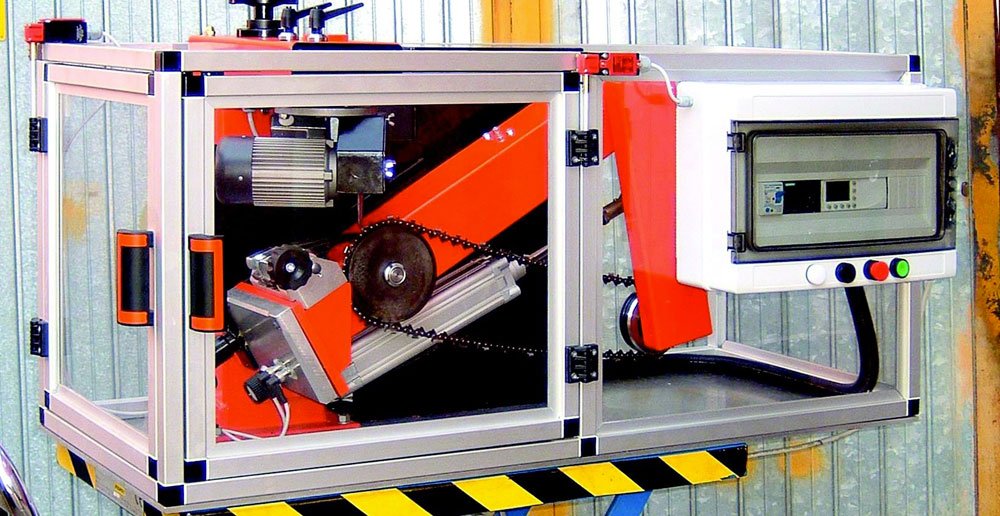A condensation capacitor is a device used to store electrical energy. While the terms “condensator” and “capacitor” are often used interchangeably, “condensator” is derived from the Latin word “condensare,” which means to condense or store. Understanding these components is crucial, as they play a vital role in modern electronics by enabling energy storage, filtering signals, and stabilizing voltage levels.
How Does a Condensator Capacitor Work?
Basic Principles of Capacitance
At its core, a condensation capacitor operates on the principle of capacitance, which is the ability of a system to store an electric charge. When voltage is applied across its terminals, it creates an electric field that allows it to store energy.
Energy Storage in a Condensator Capacitor
The energy (E) stored in a capacitor is given by the formula:
E=12CV2E = \frac{1}{2} C V^2
Where C is the capacitance in farads and V is the voltage in volts. This relationship highlights how capacitance and voltage influence energy storage.
Types of Condensator Capacitor
There are several types of condensation capacitors, including:
- Electrolytic Capacitors: Known for their high capacitance and polarized nature, making them suitable for power supply applications.
- Ceramic Capacitors: Typically used in high-frequency applications due to their stability and low losses.
- Film Capacitors: Known for their reliability and longevity, making them suitable for audio and power applications.
Key Components of a Condensator Capacitor
Dielectric Materials
The dielectric material, which is the insulating layer between the capacitor plates, plays a significant role in determining the capacitor’s performance. Common dielectric materials include ceramic, plastic films, and electrolytic solutions.
Plates and Insulation
A capacitor consists of two conductive plates that hold opposite charges, separated by the dielectric material. The arrangement and material of the plates affect the capacitance value and voltage rating.
Capacitor Sizing and Voltage Ratings
Capacitor size is determined by its capacitance value and intended application. Voltage ratings indicate the maximum voltage the capacitor can handle without failing.
Condensator Capacitor vs. Regular Capacitors
Terminology Differences
While “capacitor” is the more commonly used term, “condensator” is primarily found in European contexts. Both terms refer to the same electrical component.
Functional Differences
In essence, there are no functional differences between a condenser and a regular capacitor. They serve the same purpose in storing electrical energy.
Use in Various Regions
The term “condensator” is more prevalent in certain regions, especially in Europe. In contrast, “capacitor” is widely used in North America and other parts of the world.
Common Applications of Condensator Capacitors
Condensator capacitors are found in a variety of applications, including:
Consumer Electronics
They are used in devices like televisions, computers, and smartphones to filter noise and stabilize voltage.
Power Supply Systems
In power supplies, capacitors help smooth out fluctuations in voltage, providing a stable output.
Audio and Signal Processing
In audio equipment, capacitors filter and manage signal quality, ensuring clear sound reproduction.
Automotive and Industrial Uses
They play a crucial role in automotive electronics and various industrial machinery, aiding in energy storage and voltage regulation.
How to Choose the Right Condensator Capacitor
Factors to Consider
When selecting a condensate capacitor, consider the following:
- Capacitance: The required value for your application.
- Voltage Rating: Ensure the capacitor can handle the operating voltage.
- Tolerance: The allowable variation in capacitance.
Choosing for Specific Applications
Different applications require different types of capacitors. For example, audio applications might benefit from film capacitors, while power supplies often use electrolytic capacitors.
Safety Considerations
Always consider the safety ratings and environmental factors when selecting capacitors to prevent potential failures.
Maintenance and Troubleshooting of Condensator Capacitors
Common Failures and Their Causes
Capacitors can fail due to various reasons, including overvoltage, overheating, and age. Common symptoms of failure include bulging, leakage, or complete breakdown.
How to Test a Condensator Capacitor
Testing can be done using a multimeter to check capacitance values or to look for shorts or opens in the circuit.
Preventative Measures for Longevity
To extend the life of your capacitors, operate them within their rated limits, and keep them cool and dry to avoid deterioration.
Future Trends in Capacitor Technology
Emerging Materials and Innovations
Research is ongoing into new materials that can improve capacitor performance, such as graphene and nanomaterials, which may enhance energy density and efficiency.
The Role of Supercapacitors
Supercapacitors, which can store large amounts of energy and charge quickly, are gaining popularity for applications like energy storage systems and electric vehicles.
Environmental Considerations
As technology advances, there is a growing focus on developing eco-friendly capacitors and promoting recycling to reduce electronic waste.
Conclusion
Condensator capacitors are fundamental components in the world of electronics, enabling energy storage and voltage stabilization across various applications. Understanding their functions, applications, and the differences between terminologies enhances our knowledge of electronics and their ever-evolving technology. As we look to the future, advancements in capacitor technology promise to revolutionize energy storage and efficiency in numerous industries.




